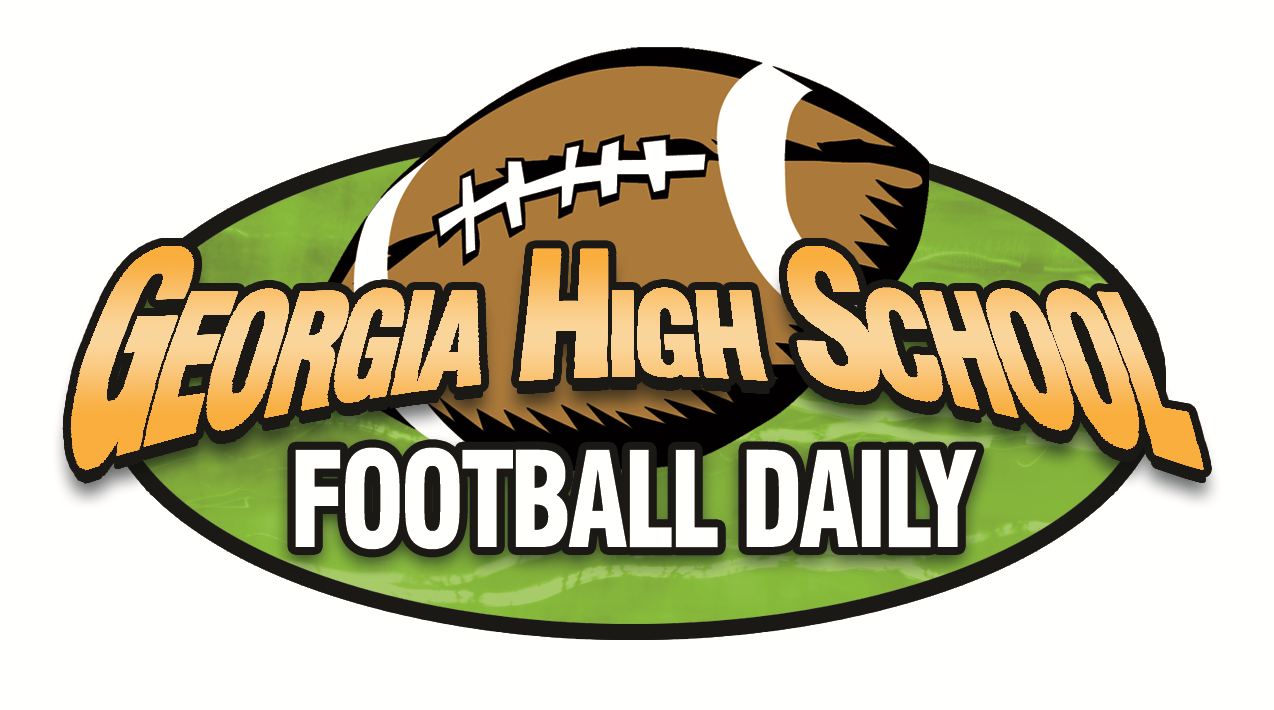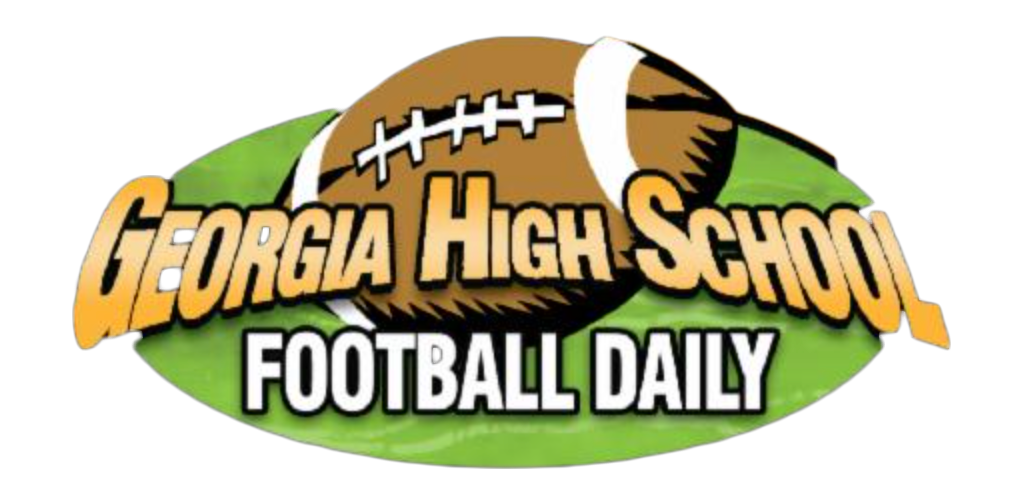Robin Hines, GHSA executive director
Today’s interviewee is Dr. Robin Hines, who is entering his sixth year as executive director of the Georgia High School Association. Hines was asked about transfer rules, weather delays and makeups, the new Georgia High School Football Hall of Fame and how he’s spending his time now that reclassification and COVID have died down.
1. No reclassification this year. No COVID restrictions. No bills in the legislature concerning the GHSA. Is life easier? Do you get to leave at lunch every day? [Joking, of course] “No, we’re still drinking from a fire hose. It’s all about eligibility and sanctioning right now. I’ll give you some stats. We’ve got 382,474 students entered on the eligibility portal, which makes me think we’ll be considerably over 400,000 for the academic year. We work those every day all day long because they keep coming. If there’s a transfer in there, we have to check where they lived, who they lived with, who they’re living with now ... .” [Hines offered up several statistics, including the number of transfer student-athletes – 2,261, or about 1 in 150 athletes. That doesn’t include transfers applying for eligibility on hardship. Those are classified as migrant students. GHSA rules require that transfer students move with their family unit, or the people they previously lived with, to their new school zones. Hines said there were 240 migrant students who have applied to waive those or other eligibility requirements, including academic. Hines said that about two-thirds win their hardship cases. One who did not, defensive end Gabriel Harris, made news this month because of his notoriety as a four-star prospect committed to Georgia. Harris transferred from Thomas County Central to Valdosta last winter, failed to gain eligibility this month and now plays for IMG Academy in Florida.]
2. Why do bylaws exist to make transfer student-athletes sit out a year unless they move into their new school attendance zones excepting a hardship? “It’s about competitive balance. Kids are going to transfer, and that’s perfectly OK if they do it the right way, but parents can’t just decide they want their kid to go here and play and not live in the area. You’d have an eligibility nightmare. You could have kids who’ve lived in the community forever go to the team across the county because the other one has better facilities or won more games last year. That’s not the purpose of scholastic-based athletics. A couple of years ago, Hart County had their boys and girls play for the state championship in basketball. They didn’t win either one, but they made it to the championship game in both, and every kid on their roster started school in kindergarten in Hart County. There’s something to be said about rooting for the home team, and it hurts a program when a really good player they’ve developed just decides he’s going to up and transfer. These bylaws are meant to protect the member schools, not hurt the member schools.”
3. Lightning delays are a common occurrence on football Friday nights this time of year, and many games every season are declared official before four quarters are complete. What’s the rule, and is there guidance you’d give coaches? “The rule states that if a lightning detector indicates a dangerous situation, the game manager notifies the officials, who then suspend the game, and fans go to a place of safety. The officials also have the right to suspend play if they see lightning off in the distance. Then you wait 30 minutes without a lightning strike before you can get back it. GHSA rules say that varsity contests are required to play until completion. If somebody refuses to play until completion, and there are no definite plans to make it up, it can result in a forfeiture, but typically our schools work together to make it happen and finish if both teams are willing.” [GHSA football coordinator Kevin Giddens closely monitors suspended games that require rescheduling and facilitates their completion. “If no makeup can be scheduled in a timely manner, the score will stand as it was at the time of interruption if all options are exhausted,” Hines said.]
4. You’re on the board for the new Georgia High School Football Hall of Fame. Who were some of the best players on the ballot or ones that you had first-hand experience with? “I’ve seen a lot of those guys. Being from Thomasville, obviously William Andrews pops up for me. I was in the ninth grade his senior year [1974 season]. He could’ve held records for much longer if he’d played more than two quarters each game. I remember Stan Rome from Valdosta. I’m probably going to get this wrong, but I think it was maybe 1973, and Stan was the wideout, he played linebacker, kicked off and returned punts and had about 180 yards receiving. He never left the field. I’ve never seen a better athlete than that guy. Then as a player, I remember competing against Buck Belue of Valdosta. You could see the drive and leadership and the utmost confidence he had. Then you go back and look at what Stan Gann did in the 1950s at Northside [of Atlanta]. I certainly miss Coach Gann. I still stay in touch with his wife, Sissi. As a coach myself, going against Charlie Ward [of Central Thomasville] was pretty memorable. I’m friends with his dad to this day. Charlie could certainly play. To cut down from 100 players [on the ballot] to 35, that was tough. There were so many good players.’’ [Gann, perhaps the least widely known as a player because of his distant era, starred at Northside High in Atlanta and at Georgia Tech before becoming a longtime high school coach. He passed away in February at age 81. The 35 voted into the Hall of Fame, plus nine automatic selectees who are Georgia’s Pro Football Hall of Famers, will be inducted Oct. 22 at the College Football Hall of Fame.]

